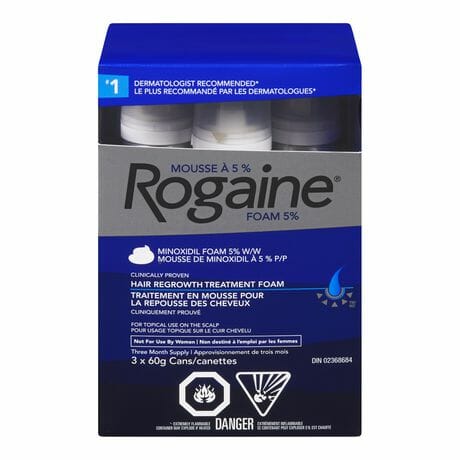Minoxidil — Who Does it Work For?

Minoxidil (Rogaine ®) is a commonly used topical agent for male pattern balding and female pattern hair loss. Clinical studies have proven that it is effective for some patients (unlike most other topicals, for which virtually all have no real proof). However, it is not effective for everyone and it would be great if we had a test that could determine if the effort involved in applying Rogaine ® twice daily was worth it. At present, the only way to determine if it works is to try it for at least 6-9 months.
The importance of sulfotransferase for minoxidil responsiveness
It seems that there is an enzyme that may be involved in the efficacy of Rogaine ® and several studies have analyzed this enzyme in responders and non-responders. The enzyme is called sulfotransferase and the activity of this enzyme in plucked hair follicles appears to predict the responsiveness of patients to Rogaine ®.
According to an analysis of current and ongoing minoxidil response testing, this assay is able to successfully rule out 95.9% of non-responders. Not 100% but pretty close. If this test becomes commercially available, it could save some people a lot of time and effort.
We have seen many people respond to minoxidil and have seen many people not respond to minoxidil. It would be very helpful if this test one day became commercially available, although at the moment this test is only available in specialized labs. This science is definitely a step in the right direction for patients with pattern hair loss and we look forward to the day when we will be able to tell a patient if minoxidil will be effective for them or not.
References
Goren A. et al. Clinical utility and validity of minoxidil response testing in androgenetic alopecia. Dermatol Ther. 2015 Jan-Feb;28(1):13-6.
Roberts J et al. Sulfotransferase activity in plucked hair follicles predicts response to topical minoxidil in the treatment of female androgenetic alopecia. Dermatol Ther. 2014 Jul-Aug;27(4):252-4.
For other options, check out our list of hair restoration options.
